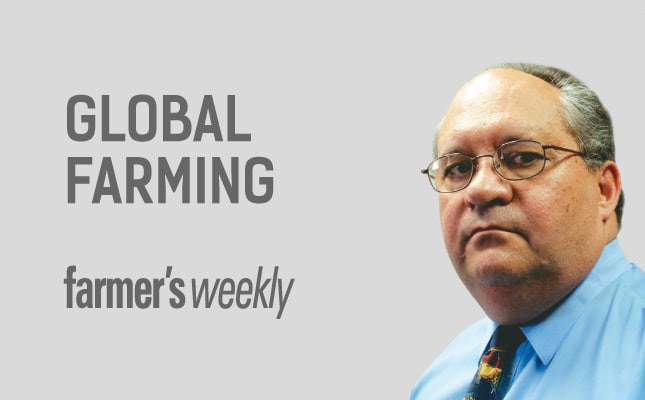
A recent study shows that South Africa’s e-commerce market will grow by 11,9% per year in the period from 2023 to 2027. The market will grow by 7,7% this year.
While electronics and media make up the largest online market with a 26% share, food and personal care are a close second with a 23,8% share.
Various factors contributed to the growth of online shopping.
The COVID-19 lockdown resulted in consumers getting familiar with the online world. Virtual meetings became generally acceptable, whereas managers had regarded these with distrust in the past.
Online shopping platforms, such as Amazon in the US and Takealot in South Africa, developed practical systems that include easy payment methods, either online or at delivery. Recently, the larger retail chains got onto the online bandwagon. The Checkers Sixty60 system is probably the best-known example.
Various courier services can now deliver any product to any destination, quickly and securely. Easy Internet access, familiarity with the online world, the availability, reliability and safety of online shopping all contributed to the fast growth of e-commerce.
The farmer’s problem
The late Earl Butz, former US Secretary of Agriculture, well known for his “get big or get out” comment, used to take a loaf of bread onto the podium when talking to consumers.
To illustrate his speech, he would cut off the top and bottom crusts, and tell his audience that that’s what the farmer got when selling his or her produce.
It’s true for nearly all agricultural and livestock products that more money is made outside the farm gate than on-farm.
Farmers know this. Unfortunately, there are various problems for farmers who want to move up the value chain.
A first hurdle is that consumers do not buy farm products, but value-added products.
Some processing must be done before products are in a form that consumers want.
A second problem is that it’s difficult to draw the consumer’s attention to farmers’ products.
The noise level in the advertising world is so high farmers do not manage to get above it, so that they can be seen and noticed by consumers.
The ‘Lamb Champs’ campaign from the Southern African Agri Initiative (Saai) is a good example of an attempt to get farmers and consumers together.
Saai largely managed to achieve its goal of strengthening sheep farmers’ marketing systems.
Online selling platforms
The various farmers’ markets in cities help to introduce consumers to farm produce. Unfortunately, some of these markets soon turn into ‘flea markets’, where all types of products are sold.
For prospective online sellers, though, these markets are still a good place to introduce their product to consumers.
The majority of farmers are not large enough to manage a personal online store. For them there are some other options.
A Google search reveals there are many online selling platforms available. According to an article on Cornell University’s website about selling ‘real’ farm products in a virtual marketplace, prospective sellers should consider the properties of online platforms carefully.
They should look at the longevity of the platform, how many farmers use the platform and whether they are satisfied with it, the cost structure of the platform, ease of management of pricing and inventory, how orders are fulfilled and what customers’ experiences have been with the platform.
Not for everyone
For a few farmers, especially those able to differentiate their products from the products generally available in traditional outlets, selling through a personal online store holds distinct benefits.
However, this is not for everyone. If your management time is already stretched, adding another function will result in losses in some of your processes.
That being the case, rather focus on doing what you currently do as well as possible.
If you want to go the online route, research and evaluate it carefully. Remember that there are always hidden costs in any scheme.
Dr Koos Coetzee is an independent agricultural economist.




